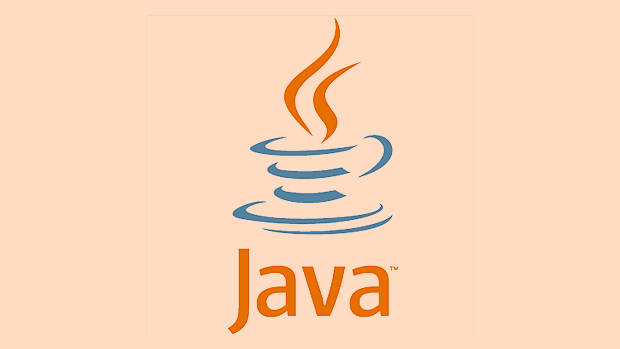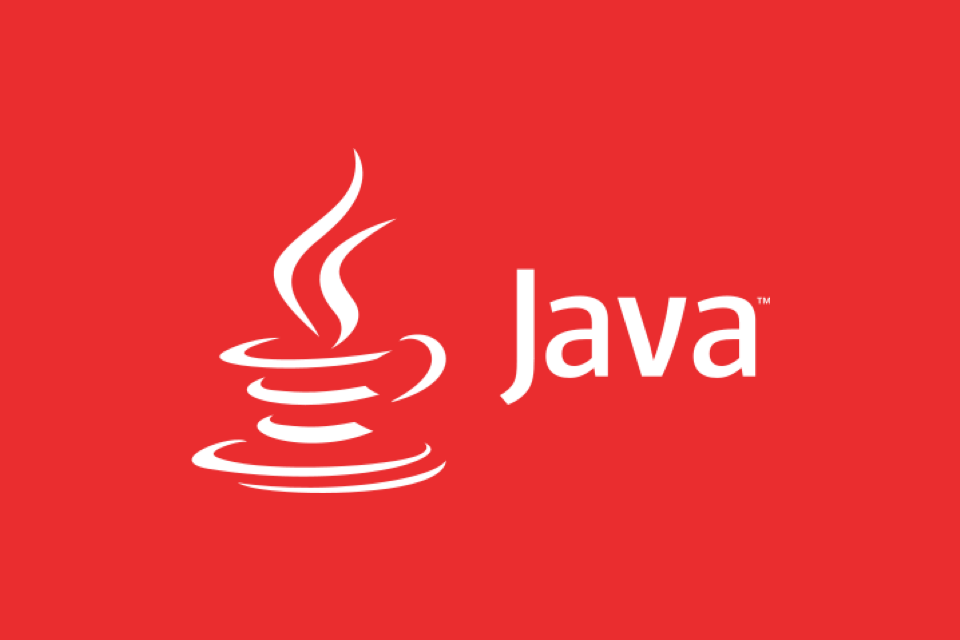What is the difference between Heap and Stack memory in Java?
Jul 07, 2025 am 12:23 AMIn Java, heap and stack memory have different functions: the heap is used to store objects, and the stack is used to store method calls and local variables. 1. The heap is a dynamically allocated memory pool, managed by the garbage collector, and stores objects created through new; 2. The stack adopts a strict LIFO model, storing local variables and method parameters when method calls, and is automatically cleared after the method is executed; 3. The heap memory is flexible but slow, and the life cycle is controlled by GC, while the stack memory is fast but the capacity is limited, and the life cycle is consistent with the method execution period; common problems include the heap memory leak and the stack overflow error.

In Java, heap and stack memory are two distinct regions of memory used for different purposes. Understanding the difference between them is important for writing efficient code and troubleshooting issues like memory leaks or stack overflows.

What Each One Is Used For
The heap is a large pool of dynamically allocated memory. It's where all Java objects live. When you create an object using new , it's stored in the heap. The heap is managed by the garbage collector, which automatically reclaims memory from objects that are no longer referenced.

The stack , on the other hand, is used to store method calls and local variables. Each time a method is called, a new block (called a stack frame) is pushed onto the stack. This block contains primitive variables and references to objects in the heap. Once the method finishes execution, its stack frame is popped off.
So in short:

- Heap stores objects
- Stack stores method calls and local variables
Key Differences Between Heap and Stack
1. Memory Management
Heap memory is more flexible but slower. Since it's shared across the entire application, accessing data here takes more time. Also, because garbage collection runs here, performance can be affected if too many objects are created.
Stack memory is fast and follows a strict LIFO (Last In First Out) model. There's no need for garbage collection here — as soon as a method ends, its data is automatically removed.
2. Lifetime of Data
Data in the heap lives until it's garbage collected. That means as long as there's a reference to an object somewhere, it won't be removed.
Data in the stack only exists during the execution of the method it belongs to. Once the method returns, everything related to it disappears from the stack.
3. Size and Limitations
The heap is much larger than the stack and can grow as needed (up to the limit set by JVM options like -Xmx ). You can adjust its size depending on your app's needs.
The stack is smaller and fixed in size per thread (also controlled by JVM flags like -Xss ). If too many nested method calls happen (like deep recursion), you might hit a StackOverflowError .
Common Problems Related to Each
With the heap, the most common issue is out-of-memory errors ( OutOfMemoryError ). This usually happens when:
- Too many objects are created and not released
- There's a memory leak (objects are still referenced but not being used)
- The heap size is too small for the application's needs
With the stack, the usual problem is stack overflow ( StackOverflowError ), often caused by:
- Infinite or very deep recursion
- Very large local variables (like big arrays inside a method)
A simple example of a stack overflow would be a recursive method that doesn't have a proper exit condition:
public void badRecursion() {
badRecursion();
}Each call adds a new frame to the stack until it runs out of space.
How They Work Together
Even though they're separate, heap and stack work closely together. Object references live on the stack (or in other heap objects), but the actual objects are always on the heap.
For example:
public void exampleMethod() {
String name = "Java";
int length = name.length();
}Here:
-
nameis a reference variable stored on the stack - The actual
"Java"string object is on the heap -
lengthis a primitive, so it's fully stored on the stack
When exampleMethod() finishes, the name and length variables are removed from the stack, but the "Java" string may stay in the heap if other parts of the program still reference it.
That's how heap and stack memory work in Java — different roles, different behaviors, but both essential.
The above is the detailed content of What is the difference between Heap and Stack memory in Java?. For more information, please follow other related articles on the PHP Chinese website!

Hot AI Tools

Undress AI Tool
Undress images for free

Undresser.AI Undress
AI-powered app for creating realistic nude photos

AI Clothes Remover
Online AI tool for removing clothes from photos.

Clothoff.io
AI clothes remover

Video Face Swap
Swap faces in any video effortlessly with our completely free AI face swap tool!

Hot Article

Hot Tools

Notepad++7.3.1
Easy-to-use and free code editor

SublimeText3 Chinese version
Chinese version, very easy to use

Zend Studio 13.0.1
Powerful PHP integrated development environment

Dreamweaver CS6
Visual web development tools

SublimeText3 Mac version
God-level code editing software (SublimeText3)

Hot Topics
 Difference between HashMap and Hashtable?
Jun 24, 2025 pm 09:41 PM
Difference between HashMap and Hashtable?
Jun 24, 2025 pm 09:41 PM
The difference between HashMap and Hashtable is mainly reflected in thread safety, null value support and performance. 1. In terms of thread safety, Hashtable is thread-safe, and its methods are mostly synchronous methods, while HashMap does not perform synchronization processing, which is not thread-safe; 2. In terms of null value support, HashMap allows one null key and multiple null values, while Hashtable does not allow null keys or values, otherwise a NullPointerException will be thrown; 3. In terms of performance, HashMap is more efficient because there is no synchronization mechanism, and Hashtable has a low locking performance for each operation. It is recommended to use ConcurrentHashMap instead.
 What are static methods in interfaces?
Jun 24, 2025 pm 10:57 PM
What are static methods in interfaces?
Jun 24, 2025 pm 10:57 PM
StaticmethodsininterfaceswereintroducedinJava8toallowutilityfunctionswithintheinterfaceitself.BeforeJava8,suchfunctionsrequiredseparatehelperclasses,leadingtodisorganizedcode.Now,staticmethodsprovidethreekeybenefits:1)theyenableutilitymethodsdirectly
 How does JIT compiler optimize code?
Jun 24, 2025 pm 10:45 PM
How does JIT compiler optimize code?
Jun 24, 2025 pm 10:45 PM
The JIT compiler optimizes code through four methods: method inline, hot spot detection and compilation, type speculation and devirtualization, and redundant operation elimination. 1. Method inline reduces call overhead and inserts frequently called small methods directly into the call; 2. Hot spot detection and high-frequency code execution and centrally optimize it to save resources; 3. Type speculation collects runtime type information to achieve devirtualization calls, improving efficiency; 4. Redundant operations eliminate useless calculations and inspections based on operational data deletion, enhancing performance.
 What is an instance initializer block?
Jun 25, 2025 pm 12:21 PM
What is an instance initializer block?
Jun 25, 2025 pm 12:21 PM
Instance initialization blocks are used in Java to run initialization logic when creating objects, which are executed before the constructor. It is suitable for scenarios where multiple constructors share initialization code, complex field initialization, or anonymous class initialization scenarios. Unlike static initialization blocks, it is executed every time it is instantiated, while static initialization blocks only run once when the class is loaded.
 What is the Factory pattern?
Jun 24, 2025 pm 11:29 PM
What is the Factory pattern?
Jun 24, 2025 pm 11:29 PM
Factory mode is used to encapsulate object creation logic, making the code more flexible, easy to maintain, and loosely coupled. The core answer is: by centrally managing object creation logic, hiding implementation details, and supporting the creation of multiple related objects. The specific description is as follows: the factory mode handes object creation to a special factory class or method for processing, avoiding the use of newClass() directly; it is suitable for scenarios where multiple types of related objects are created, creation logic may change, and implementation details need to be hidden; for example, in the payment processor, Stripe, PayPal and other instances are created through factories; its implementation includes the object returned by the factory class based on input parameters, and all objects realize a common interface; common variants include simple factories, factory methods and abstract factories, which are suitable for different complexities.
 What is the `final` keyword for variables?
Jun 24, 2025 pm 07:29 PM
What is the `final` keyword for variables?
Jun 24, 2025 pm 07:29 PM
InJava,thefinalkeywordpreventsavariable’svaluefrombeingchangedafterassignment,butitsbehaviordiffersforprimitivesandobjectreferences.Forprimitivevariables,finalmakesthevalueconstant,asinfinalintMAX_SPEED=100;wherereassignmentcausesanerror.Forobjectref
 What is synchronization?
Jun 24, 2025 pm 08:21 PM
What is synchronization?
Jun 24, 2025 pm 08:21 PM
Synchronizationistheprocessofcoordinatingtwoormorethingstostayaligned,whetherdigitalorphysical.Intechnology,itensuresdataconsistencyacrossdevicesthroughcloudserviceslikeGoogleDriveandiCloud,keepingcontacts,calendarevents,andbookmarksupdated.Outsidete
 What is type casting?
Jun 24, 2025 pm 11:09 PM
What is type casting?
Jun 24, 2025 pm 11:09 PM
There are two types of conversion: implicit and explicit. 1. Implicit conversion occurs automatically, such as converting int to double; 2. Explicit conversion requires manual operation, such as using (int)myDouble. A case where type conversion is required includes processing user input, mathematical operations, or passing different types of values ??between functions. Issues that need to be noted are: turning floating-point numbers into integers will truncate the fractional part, turning large types into small types may lead to data loss, and some languages ??do not allow direct conversion of specific types. A proper understanding of language conversion rules helps avoid errors.






